Wenn die Herbsttage kürzer und die Temperaturen sinken, kann es passieren, dass Ihr einst so sprudelnder Solarbrunnen an Leistung verliert. Während warme Sommertage Ihre Gartenoase ungehindert mit Strom versorgen, bringt der Winter neue Herausforderungen mit sich: gefrorenes Wasser, weniger Sonnenlicht und mögliche Schäden an Pumpen und Paneelen. Um Ihre Investition zu schützen und Ihren Garten im nächsten Frühjahr wieder in Bestform zu bringen, ist es wichtig zu wissen, wie man einen Brunnen richtig winterfest macht.
Ob Sie nun eine Tischsolaranlage oder einen Poposoap- Gartenbrunnen besitzen – mit ein paar Vorkehrungen vor dem ersten Frost bleibt Ihr System über den Winter in einwandfreiem Zustand. Erfahren Sie, welche Gefahren der Winter birgt, wie Sie Ihren Brunnen Schritt für Schritt vorbereiten und welche Richtlinien für die Lagerung und den Wiederaufbau gelten.

1. Häufige Wintergefahren
Auch wartungsarme Solarbrunnen sind von saisonalen Veränderungen betroffen – insbesondere bei Temperaturen unter dem Gefrierpunkt. Die richtige Winterwartung eines Solarbrunnens lässt sich deutlich einfacher durchführen, wenn man die Hauptrisiken kennt.
1. Einfrieren und Rissbildung
Wasser dehnt sich beim Gefrieren aus. Eiswasser in Pumpe, Schläuchen oder Becken kann zu Rissen, Verformungen oder sogar Dichtungsschäden führen. Die Solarbrunnen von Poposoap verwenden zwar robuste ABS-Komponenten, doch selbst die sorgfältigste Konstruktion profitiert von einer vorbeugenden Entleerung.
2. Degradation von Solarmodulen
Schnee, Frost oder Ablagerungen können die Effizienz von Solarmodulen langfristig beeinträchtigen. Poposoap-Solarmodule sind zwar witterungsbeständig, doch regelmäßige Reinigung und sachgemäße Lagerung während strenger Winter gewährleisten ihre dauerhafte Funktionsfähigkeit.
3. Geringere Akkuleistung
Lithium- und Ni-MH-Akkus werden durch Kälte verlangsamt. Solarbrunnen mit wiederaufladbaren Akkus – wie die Modelle von Poposoap mit internem Speicher – müssen daher zur Erhaltung ihrer Kapazität vom Stromnetz getrennt und im Innenbereich gelagert werden.
4. Algen- und Mineralvorkommen
Stehendes Wasser kann sogar verdunsten und Mineralablagerungen oder Algen hinterlassen. Verfärbungen und Bakterienwachstum lassen sich durch Vorreinigung des Beckens vor der Lagerung vermeiden.
5. Elektrochemische Korrosion
Auch wasserbeständige Steckverbinder korrodieren bei längerem Kontakt mit Wasser und Frost-Tau-Wechseln. Trocknen Sie sie während der Lagerung, um langfristige Zuverlässigkeitsprobleme zu vermeiden.
Die Kenntnis dieser Gefahren ist der erste Schritt zu einer guten Winterwartung Ihrer Solarpumpe – und sorgt dafür, dass Ihr Springbrunnen im Frühling wieder herrlich sprudelt.
2. Schritt-für-Schritt-Anleitung zur Wintervorbereitung
Die Winterfestmachung Ihres Solarbrunnens ist keine Aufgabe für Experten – nur die richtige Zeiteinteilung und ein paar einfache Schritte genügen. Folgen Sie einfach dieser Expertenanleitung, um alle Teile Ihres Systems zu schützen.

Schritt 1: Den Springbrunnen vom Stromnetz trennen und auseinanderbauen.
Schalten Sie den Springbrunnen aus und ziehen Sie den Stecker von Solarpanel, Pumpe und jeglicher Zusatzbeleuchtung. Falls Ihr Modell über RGB- oder warmweiße Teichleuchten von Poposoap verfügt, ziehen Sie diese vorsichtig heraus, um Beschädigungen zu vermeiden.
Schritt 2: Das gesamte Wasser ablassen
Becken und Schläuche gründlich entleeren. Springbrunnen mit mehreren Ebenen oder versteckten Wasserbehältern kippen, um eingeschlossenes Wasser abzulassen. Die häufigste Ursache für Frostschäden ist übermäßige Feuchtigkeit.
Schritt 3: Gründlich reinigen
Reinigen Sie Oberflächen mit einer verdünnten Essiglösung, um Mineralablagerungen und Algen zu entfernen. Poposoap-Brunnen bestehen aus robustem Kunststoff und Harz, die nicht korrodieren und die Reinigung sowie die Sicherheit erleichtern. Vermeiden Sie die Verwendung aggressiver Chemikalien, die das Pumpengehäuse beschädigen könnten.
Schritt 4: Pumpe reinigen und überprüfen
Öffnen Sie das Pumpengehäuse und spülen Sie das Laufrad unter warmem Wasser ab. Entfernen Sie Ablagerungen und Schmutz, die sich im Winter verhärten können. Ein dünner Film aus silikonverträglichem Schmiermittel schützt die Dichtungen vor Beschädigungen und verhindert Risse.
Schritt 5: Solarpanel vom Stromnetz trennen und trocknen lassen
Reinigen Sie die Abdeckung nach dem Abnehmen mit einem weichen Tuch. Prüfen Sie sie auf Kratzer, lose Kabel oder Verschmutzungen an den Rändern. Bewahren Sie die Abdeckung nach dem vollständigen Trocknen im Innenbereich, geschützt vor direkter Hitze und Feuchtigkeit, auf.
Schritt 6: Komponenten separat aufbewahren
Wickeln Sie die Kabel vorsichtig auf, legen Sie die Düsen- und Pumpenaufsätze in ein trockenes Tuch oder eine Aufbewahrungsbox und verstauen Sie beides zusammen, damit nichts verloren geht. Dank des kompakten Designs von Poposoap lässt sich das gesamte Set in einem kleinen Behälter oder der Originalverpackung unterbringen.
Wenn Sie diese Schritte befolgen, stellen Sie sicher, dass Ihr Solarbrunnen auch im Winter sicher bleibt und keinem zusätzlichen Verschleiß oder Korrosion ausgesetzt ist.
3. Tipps zur Lagerung von Solarmodulen

Solarmodule sind robust, aber im Winter ist etwas mehr Vorsicht geboten, um ihre optimale Leistung zu erhalten. So bereiten Sie sie sicher auf den Winter vor:
1. Vermeiden Sie extreme Kälte oder Hitze.
Lagern Sie die Paneele in Innenräumen, idealerweise zwischen 4 °C und 27 °C. Platzieren Sie die Paneele niemals auf Dachböden oder in Garagen, da Temperaturschwankungen die interne Verkabelung beschädigen könnten.
2. Stell sie auf
Legen Sie die Scheibe flach hin oder lehnen Sie sie senkrecht an eine Wand, sodass die Glasseite nach außen zeigt. Dadurch werden Verformungen oder Druckrisse vermieden.
3. Vor der Lagerung reinigen
Staub und Pollen, die sich auf der Oberfläche ablagern, können mit der Zeit aushärten oder das Glas ätzen. Ein weiches Tuch und milde Seife genügen – keine Scheuermittel oder alkoholhaltigen Reiniger.
4. Batterien entnehmen (falls zutreffend)
Falls Ihr Springbrunnen über einen Akku verfügt, entnehmen Sie diesen bitte vor dem Wegräumen. Bewahren Sie den Akku an einem trockenen, kühlen Ort auf, idealerweise halb geladen, um seine Lebensdauer zu verlängern.
5. Kabel und Anschlüsse prüfen
Prüfen Sie die Kabel auf Rost, Ausfransungen oder eingeklemmte Kontakte. Ersetzen Sie beschädigte Stecker vor der Wiederinstallation, um elektrische Probleme im Frühjahr zu vermeiden.
Die Solaranlagen von Poposoap sind auf Langlebigkeit ausgelegt, aber die Einhaltung der richtigen Vorsichtsmaßnahmen außerhalb der Saison sorgt dafür, dass sie reibungslos funktionieren und viele Jahre halten.
4. Frostschäden vermeiden
Schon ein paar unerwartet kalte Nächte können später zu Problemen führen, wenn Ihr Springbrunnen nicht vorbereitet ist. So schützen Sie die einzelnen Komponenten Ihres Systems vor Frost:
1. Lassen Sie niemals Wasser stehen.
Jegliches Restwasser im Becken, in den Schläuchen oder der Pumpe gefriert, dehnt sich aus und kann das System beschädigen. Stellen Sie sicher, dass alles vor der Einlagerung vollständig trocken ist.
2. Den Brunnen erhöhen oder abdecken.
Wenn Sie Ihren Brunnen nicht zu Dekorationszwecken ins Haus holen möchten, decken Sie ihn mit einer wasserdichten Plane oder einer Poposoap -Brunnenabdeckung ab, um ihn vor Eis und Schnee zu schützen. Kleinere Brunnen sollten auf Sockel gestellt werden, um direkten Kontakt mit gefrorenem Boden zu vermeiden.
3. Witterungsbeständige Materialien verwenden
Bei größeren Installationen kommen ABS- und harzbasierte Materialien von Poposoap zum Einsatz , etwa schwimmende Springbrunnen und Teichsets, die leicht frostbeständig sind – bei längerem Frost müssen sie jedoch entleert werden.
4. Schutzschläuche und -kabel
Flexible Schläuche sollten im Innenbereich gelagert werden, da sie bei Kälte spröde werden können. Solarverlängerungskabel sollten vom Stromnetz getrennt werden, um Feuchtigkeitsansammlungen an den Steckverbindern zu vermeiden.
5. Vermeiden Sie die Verwendung von Elektroheizgeräten.
Manche Besitzer versuchen, Springbrunnen mit Heizgeräten oder kochendem Wasser aufzutauen – dies kann Kunststoffteile verformen oder Dichtungen beschädigen. Lassen Sie den Springbrunnen immer bei Zimmertemperatur auftauen.
Durch die Beachtung dieser vorbeugenden Maßnahmen verlängern Sie die Lebensdauer Ihres Springbrunnens und vermeiden die kostspieligen Reparaturen, die häufig nach Frostschäden auftreten.
5. Wiedereinbau im Frühjahr

Sobald es wärmer wird und die Sonne sich erstmals zeigt, ist Ihr Poposoap-Seifenbrunnen in wenigen Minuten wieder einsatzbereit. So starten Sie ihn sicher:
1. Alle Komponenten prüfen
Überprüfen Sie vor dem Zusammenbau das Solarpanel, die Pumpe und die Lampen auf Risse oder Abnutzungsspuren. Schließen Sie die Kabel fest an und testen Sie die Pumpe in einer Schüssel mit Wasser, um ihre einwandfreie Funktion sicherzustellen.
2. Den Trinkbrunnen reinigen und wieder auffüllen
Entfernen Sie jeglichen Staub, der sich während der Lagerung angesammelt hat. Füllen Sie das Gefäß mit frischem, gefiltertem Wasser auf – hartes Leitungswasser sollte möglichst vermieden werden, um Kalkablagerungen vorzubeugen.
3. Positionieren Sie das Solarpanel für maximale Sonneneinstrahlung.
Richten Sie das Paneel so aus, dass es direktem Sonnenlicht ausgesetzt ist, idealerweise nach Süden. Entfernen Sie Blätter oder andere Hindernisse, die es beschatten könnten. Je gleichmäßiger die Sonneneinstrahlung, desto stärker der Wasserstrahl Ihres Springbrunnens.
4. Beleuchtungs- und Dekorationselemente wieder anbringen.
Falls Sie die Schwimmringe oder Teichleuchten von Poposoap installiert haben, befestigen Sie diese wieder, nachdem Sie das Hauptsystem stabilisiert haben. Sie sind wasserdicht und lassen sich einfach anschließen.
5. Kalibrieren und Durchfluss prüfen
Lassen Sie den Springbrunnen nach dem Einschalten 10–15 Minuten laufen. Sie können die Düsenköpfe oder Sprühwinkel wechseln, um den gewünschten Effekt zu erzielen. Die Mehrfachdüsen-Sets von Poposoap ermöglichen einen einfachen Wechsel zwischen verschiedenen Strahlarten – von sprudelnden Wasserstrahlen bis hin zu Kaskaden.
In einer Stunde erstrahlt Ihr Solarbrunnen wieder in vollem Glanz und ist bereit, Bewegung, Klang und Glanz in Ihren Garten oder auf Ihre Terrasse zurückzubringen.
Schlussbetrachtung
Die Winterpflege für saisonale Solarbrunnen ist ganz einfach – es kommt auf die Vorbereitung an. Nehmen Sie sich jetzt ein paar Minuten Zeit, um Ihren Brunnen zu entleeren, zu reinigen und einzulagern, und Sie vermeiden teure Neuanschaffungen im Frühjahr. Dank ihrer robusten, umweltfreundlichen Bauweise und der hohen Solareffizienz sind Poposoap-Brunnen langlebig – optimal funktionieren sie jedoch, wenn sie saisonal gewartet werden.
Mit dieser Anleitung zur Winterfestmachung Ihres Springbrunnens sorgen Sie dafür, dass Ihr System effizient arbeitet, Ihre Solaranlage optimal funktioniert und Ihre Wasserspiele so schön aussehen wie am ersten Tag. Im Frühling erwartet Sie dann ein funkelnder, voll funktionsfähiger Springbrunnen, der bereit ist, die Sonne wieder willkommen zu heißen.




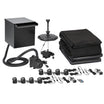
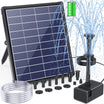

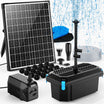
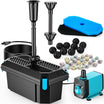
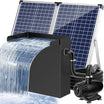
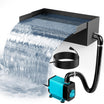

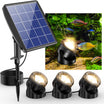


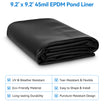
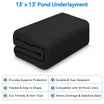

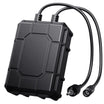
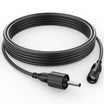

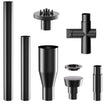
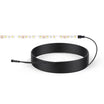
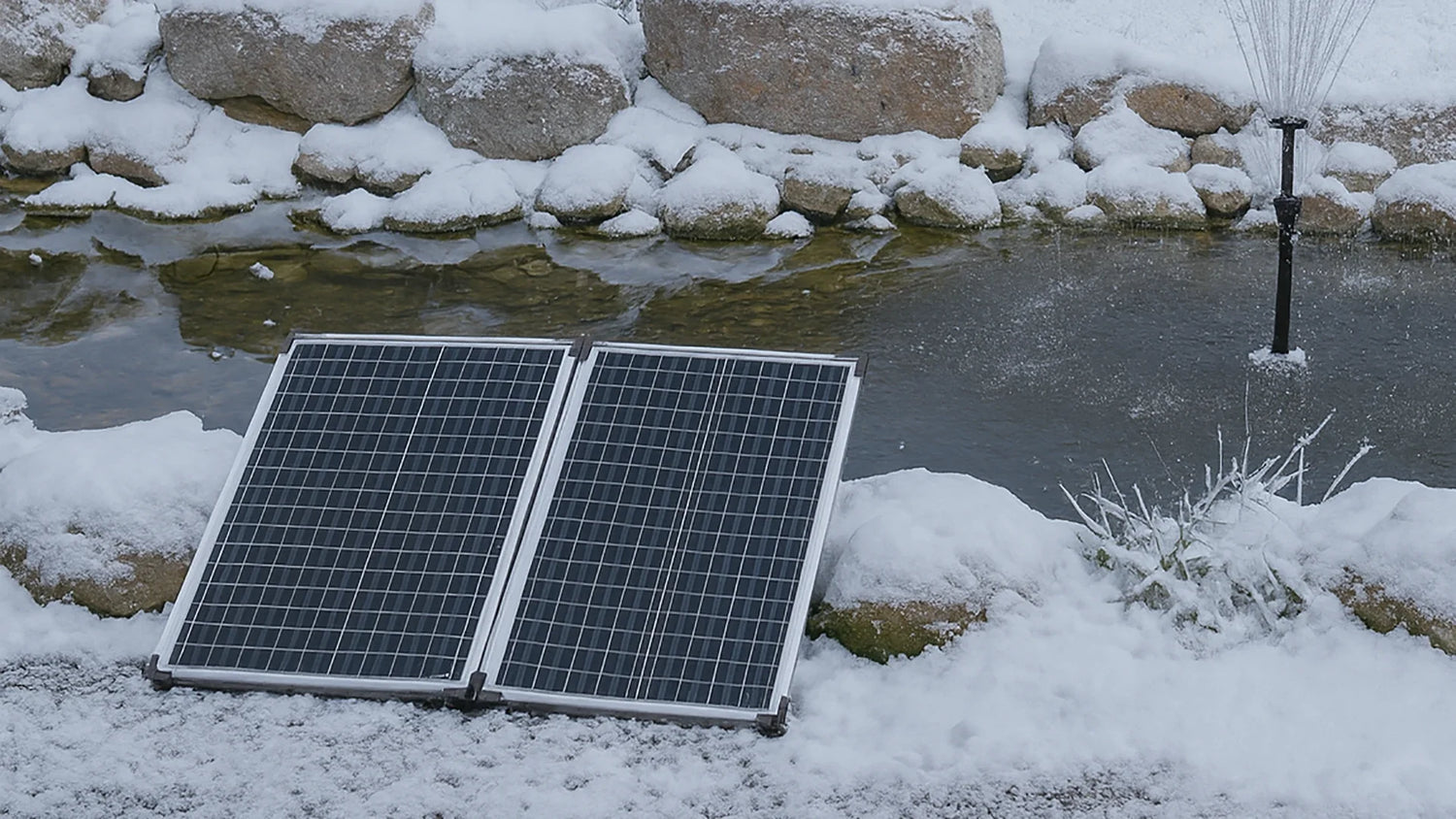
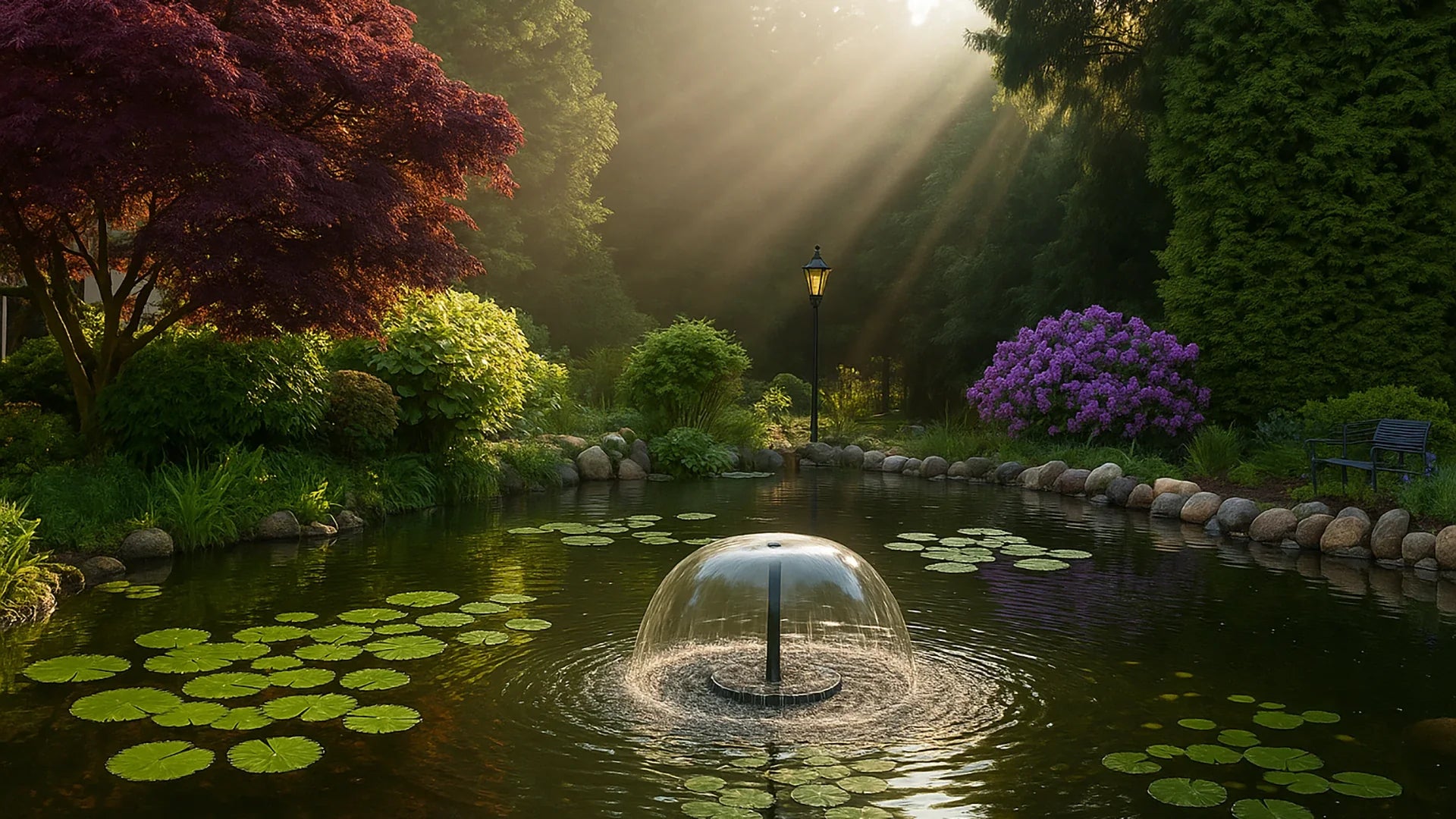
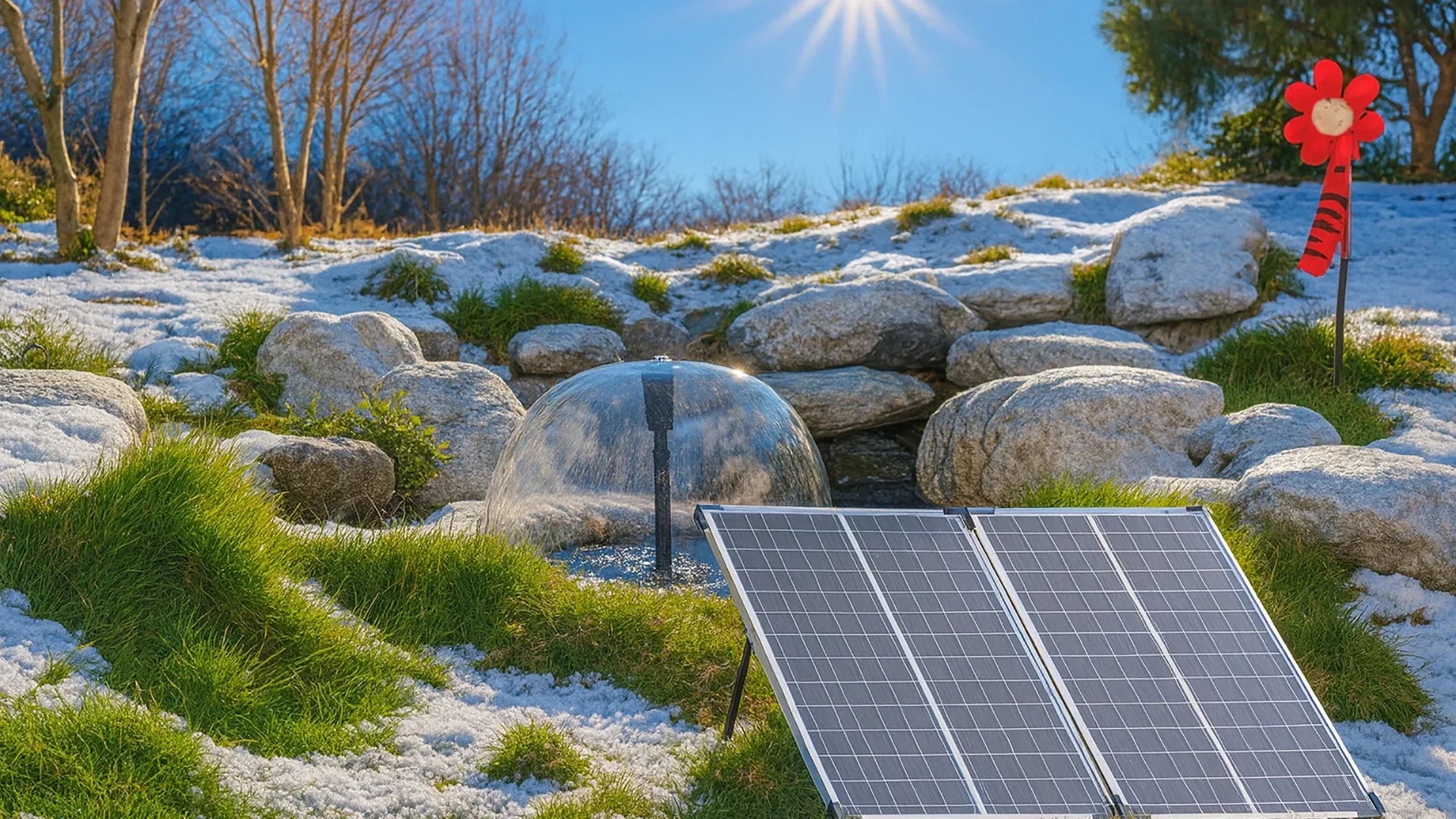
Hinterlasse einen Kommentar
Alle Kommentare werden vor der Veröffentlichung geprüft.
Diese Website ist durch hCaptcha geschützt und es gelten die allgemeinen Geschäftsbedingungen und Datenschutzbestimmungen von hCaptcha.